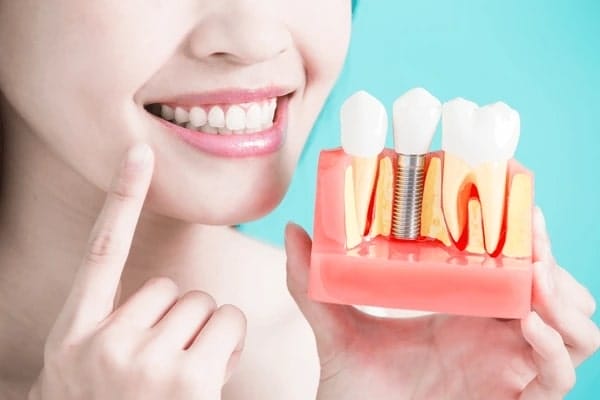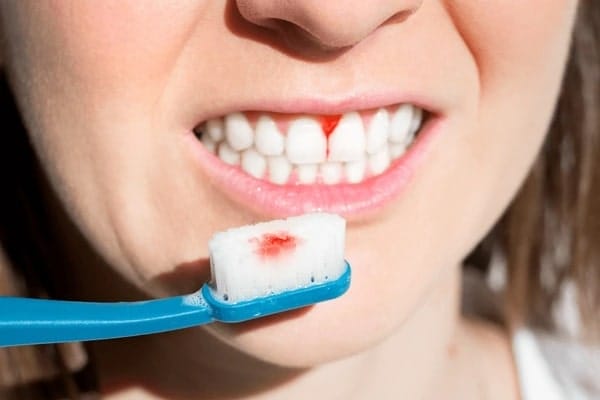When people talk about All-on-4 dental implants, they’re referring to a streamlined way to restore a full arch dental implants treatment using just four titanium implant posts per jaw. Instead of replacing each tooth with a single implant, the All-on-4 method uses a carefully planned arrangement of implants to support a fixed implant-supported denture (often called a hybrid denture system, implant bridge or full arch prosthesis). Because this approach can enable immediate load implants, it’s sometimes described as “teeth in a day.” For those with a failing dentition or completely missing teeth (edentulous jaw solution), it offers a stable, long-term permanent dental restoration that supports full mouth rehabilitation.
How does the All-on-4 concept actually work?
The technique places two implants vertically in the front of the jaw and two implants at a planned angle towards the back. This angulation helps engage denser bone and can reduce the need for extensive grafting (bone graft alternative) while still supporting a long-span implant bridge across the entire dental arch reconstruction. Once the implants are stabilised, a provisional implant-retained prosthesis is secured so you can leave with a new set of teeth on the same day (immediate function prosthesis). After healing (osseointegration process), a custom final full arch prosthesis is fitted.
Who is the ideal candidate?
- People with multiple missing teeth or complete tooth loss who want a fixed (non-removable) option
- Long-term denture wearers seeking more stability and bite force than removable dentures can provide
- Those with adequate bone at the front of the jaw, even if there’s bone loss at the back
- Individuals looking to minimise grafting while still restoring chewing and aesthetics
- Patients prioritising jawbone preservation and facial support
In more complex cases with severe posterior bone loss, a zygomatic implant alternative may be discussed with the treating team where clinically appropriate.
What are the main benefits compared with removable dentures?
- Immediate restoration of a full set of replacement teeth
- Fewer implants than traditional full-arch methods, with carefully planned angulation
- Minimally invasive implant technique in suitable cases
- Marked improvement in chewing efficiency and speech clarity
- Strong, natural-looking smile with stable, fixed teeth
- Support for facial contours and bone resorption prevention through functional loading
- A solution designed for longevity with routine professional maintenance
What are the key steps from planning to your final bridge?
- Assessment & planning – Clinical examination, X-rays, and digital scans to map bone volume and plan implant placement (implant placement protocol).
- Implant surgery – Four titanium fixtures are placed with precision torque control; two are angled to maximise support.
- Provisional bridge on the day – A same-day temporary fixed bridge on implants is attached for immediate function.
- Healing & integration – Over the next months, the implants integrate with the bone (osseointegration) while you follow a tailored diet and hygiene routine.
- Final prosthesis – A custom implant-supported hybrid denture or implant bridge (on a titanium or zirconia framework) is fitted and adjusted.
What materials are used and why do they matter?
Implants: Medical-grade titanium integrates reliably with bone and is highly biocompatible.
Frameworks: Frequently titanium or zirconia for strength and rigidity.
Teeth: High-quality acrylic or porcelain are chosen based on aesthetic goals, function, and maintenance preferences.
This material pairing creates a strong yet refined prosthetic material profile that balances everyday durability with lifelike appearance. Your clinician will also consider overall arch coverage (upper, lower, or both), gum aesthetics, and lip support for a harmonious result.
How does All-on-4 help preserve jawbone and facial structure?
Unlike removable dentures that sit on top of the gums, implant forces pass through the fixtures into the bone, stimulating it and helping to slow the bone resorption that commonly follows tooth loss. That functional stimulation supports facial contours and can reduce the hollowed appearance that sometimes develops with long-term denture wear.
How do you look after an implant-retained full arch?
Most people adapt quickly to implant-supported hybrid denture care:
- Brush the bridge and gums thoroughly, including the junction where the prosthesis meets your tissues.
- Use interdental aids or water-based flossing devices to clean under the bridge.
- Keep to routine professional reviews for inspection of prosthetic componentry and hygiene reinforcement.
- Follow personalised dietary and lifestyle guidance during healing to protect the immediate load restoration.
How does All-on-4 compare with traditional full-arch implants?
| Feature | All-on-4 Implants | Traditional Full-Arch Implants |
| Number of implants per arch | 4 | Commonly 6–8 |
| Bone grafting | Often reduced or avoided | More commonly required |
| Time to function | Teeth in a day possible in suitable cases | Typically staged over several months |
| Prosthesis | Fixed implant bridge / full arch prosthesis | Fixed bridge or segmented solutions |
| Maintenance | Routine professional reviews; hygiene tailored to full-arch | Similar maintenance principles |
Which planning factors influence your pathway and maintenance?
| Planning Aspect | What It Means for You |
| Prosthetic material choice (acrylic vs porcelain) | Affects weight, wear characteristics, repairability, and maintenance intervals. |
| Framework (titanium vs zirconia) | Influences rigidity, aesthetics, and how the bridge is designed for your bite. |
| Clinical complexity | Bone density, implant angulation, and bite dynamics shape surgical and restorative decisions. |
| Care setting & team expertise | A coordinated surgical–restorative plan supports predictable outcomes and smooth aftercare. |
| Pre-treatment needs | Extractions, digital scans, and bite registration inform accurate fit and comfort. |
| Follow-up & hygiene protocol | Scheduled checks help protect the implants and prosthesis longevity over time. |
Why do many patients prefer fixed teeth to removable dentures?
Fixed full arch dental implants are anchored to the jaw, so they don’t slip during speech or meals. People often describe a return of bite confidence, easier social interactions, and less worry about adhesives or sore spots. Because the bridge is designed to your smile line and facial features, it can deliver a highly natural-looking result.
Why consider Palm Beach Dental for your full-arch solution?
If you’re exploring full mouth rehabilitation with All-on-4 dental implants, Palm Beach Dental offers a calm, detail-driven experience from first consultation to final smile. You’ll receive a restoratively led plan that integrates digital diagnostics, precise implant placement protocols, and thoughtfully selected prosthetic materials to suit your bite, aesthetics, and day-to-day life. Our dentist focuses on clear communication, meticulous maintenance pathways, and comfortable appointments so you can enjoy a stable, implant-retained prosthesis that looks and feels like you. When you’re ready to discuss teeth in a day and other full-arch options, Palm Beach Dental will guide you through every step with practical advice and attentive care.
Important FAQs
Q1) What makes All-on-4 different from ordinary dentures?
All-on-4 uses implants to secure a fixed bridge, so the teeth feel stable and do not move. This improves chewing, speech, and confidence while supporting the jawbone, which removable dentures cannot do on their own.
Q2) Will I leave with teeth on the day of surgery?
In suitable cases, yes. A provisional bridge can be attached to the implants for immediate function, with a customised final full arch prosthesis fitted after healing and fine-tuning.
Q3) Do All-on-4 implants always avoid bone grafting?
Not always, but the concept’s implant angulation and position often reduce the need for grafting. Your scans and bone density determine whether any additional procedures are recommended.
Q4) What are the implants and bridge made from?
Implants are typically titanium. Bridges often combine a titanium or zirconia framework with acrylic or porcelain teeth, chosen to balance strength, appearance, and maintenance.
Q5) How long do All-on-4 restorations last?
With good hygiene and regular professional reviews, the implants and bridge can serve for many years. Components are designed to be serviceable so your clinician can maintain them over time.
Q6) What does aftercare involve day to day?
Brush morning and night, clean underneath the bridge as directed (with interdental tools or a water-based flosser), and keep to your review schedule. Your team will tailor guidance to protect the implants and prosthesis.
References
- Australian Dental Association (ADA): Dental Implants – patient information on what implants are and how they’re used to replace missing teeth. Teeth
- Healthdirect Australia: Dental Implant – government-supported overview of implants, indications, and care. Last reviewed February 2025. Healthdirect
- Immediate loading and All-on-4 outcomes – evidence and reviews on immediate or early loading compared with conventional protocols. SpringerLinkThe JPDCochrane
- University of Melbourne – implant research – Australian research landscape and innovation relevant to implant therapy. ResearchMelbourne Dental School



